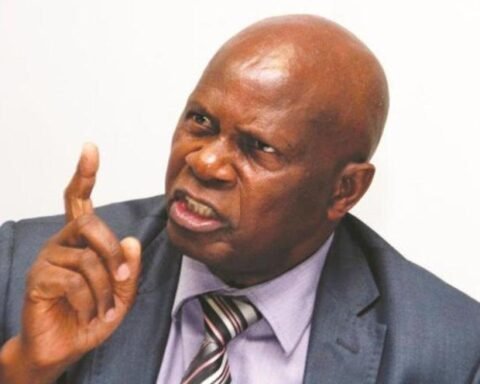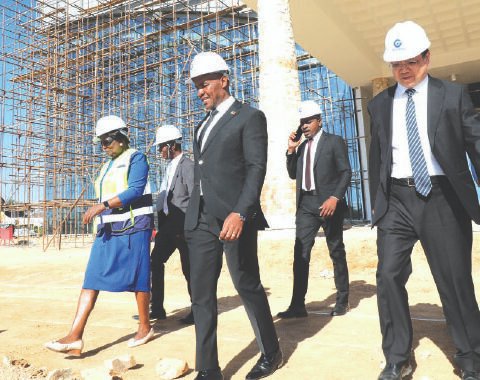Zimbabwe’s central bank and finance ministry are working on measures to stabilise the local currency, the central bank governor said.
The Zimbabwean dollar has fallen about 40% since the start of the year, hurt by increased foreign-currency demand from civil servants being paid December bonuses and weaker commodity prices denting inflows.
That has caused inflation to accelerate in an economy still scarred by memories of hyperinflation under longtime leader Robert Mugabe.
Earlier this week President Emmerson Mnangagwa said authorities were looking to introduce a “structured currency”, without explaining how that would work.
“What His Excellency the President said is to provide forward guidance to the market on the thrust of the monetary policy statement that the Bank and Treasury are working on,” Reserve Bank of Zimbabwe Governor John Mangudya told Reuters late on Wednesday.
“The President would like to see durable stability of prices and the exchange rate in the economy.”
“Currently the economy is growing in an inflationary environment, an environment that the Bank needs to appropriately attend to,” the central bank governor added.
He did not say when the monetary policy statement with the new measures would be released.
The government relaunched a local currency in 2019 after a decade of dollarisation, but it rapidly lost value and authorities reauthorised the use of foreign currencies in domestic transactions soon after.
Independent economist Prosper Chitambara said people had little faith in the Zimbabwean dollar.
Chitambara said: “Economic agents have lost confidence in the local currency and that spurs demand for the U.S. dollar.
Restoration of confidence in the currency will take time.”








